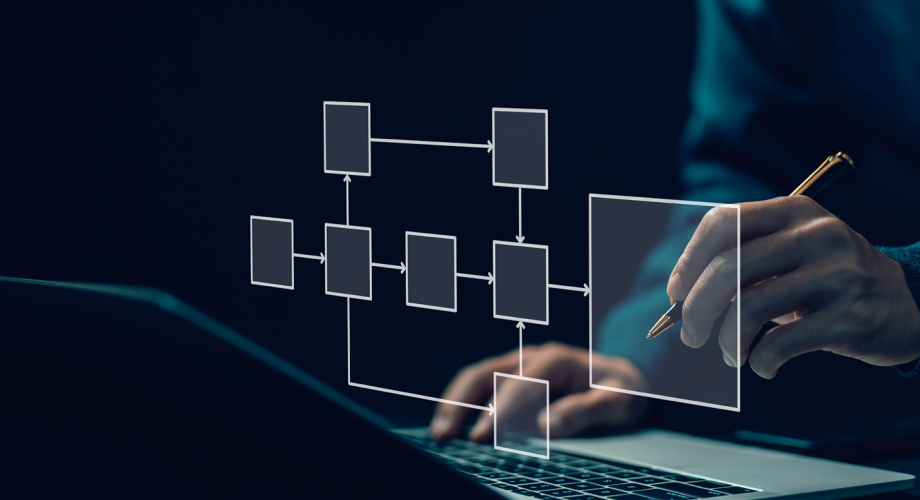Many multifamily operators are looking to “smart” and automation/AI technologies (Internet of Things or IoT solutions) to achieve their goals. Centralizing technology on a property-wide network solves networking and connectivity infrastructure problems and delivers on the promised value and simplicity by allowing operators to realize the full cost savings and efficiency potential of smart solutions. With a single, property-wide network to support all the IoT needs of today and tomorrow, owners and managers have clearer visibility, more control and future-proof scalability to integrate new solutions seamlessly. Here’s how:
1. Smart tech compatibility.
Just over one-third of property managers have connected devices installed in at least one property they manage, according to a Smart Solutions white paper from Parks Associates, and more than 80% plan to install them in the next 12 months. Property-wide Wi-Fi supports the connection of a wide range of smart devices to the same network—from security cameras and digital door locks that eliminate the cost of keys to smart lighting and thermostats to lower energy consumption. A property-wide network allows property managers to access and control these devices where it makes sense (for example, turning off HVAC and lighting in unoccupied units) while also giving residents individual control over their own living environment.
2. Utilization insights.
With a centralized network, operators can see how, when and where various amenities are used by residents based on their network traffic and behavior. This allows property management to adjust availability and access to amenities and operations accordingly. For example, if network connectivity and keyless entry data shows that no one is using the onsite fitness facility between midnight and
4 a.m., property management can adjust the HVAC and lighting to save energy and lower costs, and possibly even consider closing it altogether during those hours.
3. Risk reduction.
A centralized Wi-Fi network allows for the deployment of equipment to detect maintenance issues and malfunctions to protect against property damage. Leak detectors on water and sewage systems and smart appliances can deliver alerts to maintenance teams to address issues early before major damage occurs. It can also notify maintenance staff of needs related to HVAC systems, which can help avoid costly repairs or failures. This kind of “smart” risk mitigation through technology may even help to lower insurance premiums for added cost savings.
4. Improve staff efficiency.
The ability to monitor devices and equipment across the property saves staff time by prioritizing tasks based on demand. Maintenance, for example, can deploy a centralized ticketing system to manage work and use mobile devices to assign tasks, plus have easy access to plumbing/electrical schematics and equipment maintenance documentation right at their fingertips. There are even connected toilet paper rolls and smart trash cans that tell staff when they need to be changed out, which can reduce staff time and cost. In today’s economy, every little bit helps.
5. Better energy management.
Nearly 75% of managers and owners are concerned about residents wasting energy, and Environmental, Social and Governance (ESG) initiatives are a top priority for both operators and residents. Property-wide Wi-Fi allows for the use of smart lighting, thermostats, HVAC systems and even window blinds to help reduce energy consumption, save money and lower a carbon footprint. However, success depends heavily on having the network in place to centralize connectivity as well as to monitor and manage systems and smart devices.
6. Simplified network management.
A property-wide network consolidates access and connectivity onto a cohesive, uniform infrastructure that’s able to be monitored and managed from a single console. Rather than having multiple networks to maintain, a single network contains multiple gateways and access points across the property that all connect together to ensure ubiquitous access and complete property coverage. This not only makes network monitoring and management easy, but it also eliminates the need to manage and pay for multiple vendor contracts and reduces internal tech support demand.
Sandy Jack is Director of Strategic Relations, Multi-Dwelling with Nomadix.
